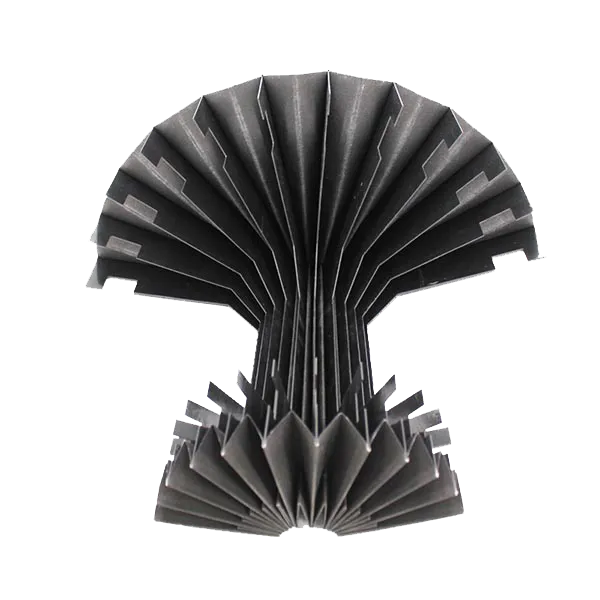synchronous belts and pulleys
Understanding Synchronous Belts and Pulleys Mechanisms of Precision in Motion
Synchronous belts and pulleys are integral components in mechanical systems, enabling precise motion transfer in a variety of applications. These components are widely utilized in industries such as automotive, manufacturing, and robotics, offering reliable performance in situations where accuracy and timing are critical. This article delves into the principles, types, applications, and advantages of synchronous belts and pulleys, illustrating their importance in contemporary engineering.
The Principles of Synchronous Belts and Pulleys
Synchronous belts, often referred to as timing belts, are toothed belts designed to work with matching pulleys. The key characteristic of a synchronous belt is its ability to maintain a constant speed ratio between the driving and driven pulleys, ensuring that the timing of the system remains synchronized. This is achieved through the meshing of the belt’s teeth with the grooves of the pulleys. Unlike V-belts or flat belts, which can slip under load, synchronous belts eliminate slippage, allowing for superior precision in motion control.
The system operates on the principle of positive engagement, where the teeth on the belt engage with the pulley teeth. This engagement minimizes backlash and improves accuracy, making synchronous belts particularly suitable for applications requiring precise timing and positioning. Their design allows for high-speed operation and the ability to transmit significant loads, making them a versatile choice for many mechanical systems.
Types of Synchronous Belts
Synchronous belts come in various types and configurations. The most common types include
1. Rubber Timing Belts These belts are made from high-quality rubber, featuring a nylon or fiberglass reinforcement that enhances durability and tensile strength. They are widely used in automotive applications, such as camshaft timing in engines.
2. Polyurethane Timing Belts Known for their wear resistance, polyurethane belts are often used in applications requiring longer service life and resistance to chemicals and oils.
3. Metal-reinforced Timing Belts These belts incorporate metal elements that provide additional strength and are used in high-load scenarios or where higher temperatures are a concern.
Each type of belt has its advantages and is chosen based on the specific requirements of the application, including load capacity, speed, and environmental factors.
Applications of Synchronous Belts and Pulleys
Synchronous belts and pulleys have a broad range of applications across various industries
synchronous belts and pulleys

1. Automotive In vehicles, synchronous belts play a crucial role in timing a vehicle's engine components, including the camshaft and crankshaft. This synchronization is vital for the engine's proper functioning.
2. Manufacturing Many production machinery systems rely on synchronous belts for precise conveyor operations. These systems ensure that different parts of the manufacturing process remain in sync, improving efficiency and reducing downtime.
3. Robotics In robotic systems, where precision is paramount, synchronous belts enable exact movement and positioning. They are often used in applications ranging from robotic arms to automated assembly lines.
4. Home Appliances Devices such as printers and washing machines utilize synchronous belts to facilitate precise movement of their internal mechanisms, contributing to better performance and reliability.
Advantages of Synchronous Belts and Pulleys
The benefits of using synchronous belts and pulleys in mechanical systems are manifold
- Reduced Maintenance Due to their robust design and low wear rates, synchronous belts tend to require less frequent replacements compared to traditional belts, lowering maintenance costs.
- High Efficiency The absence of slippage results in a more efficient power transfer, translating into better energy utilization.
- Noise Reduction Synchronous belts operate quietly compared to chain drives, making them ideal for applications requiring a lower noise level.
- Versatility These belts can operate in various environments, handling different loads and speeds, making them suitable for diverse applications.
Conclusion
Synchronous belts and pulleys represent a cornerstone in the field of mechanical engineering, providing precise, reliable motion transfer across various applications. Understanding their principles, types, and advantages is essential for engineers and designers aiming to optimize their systems. As technology advances, the integration of synchronous belts into new applications will likely expand, highlighting their continuing relevance in modern engineering solutions.








